Star Decorator Turns a 1926 Houston House Into a Magical Place: The Master of Living Spaces
BY Rebecca Sherman // 09.11.15In the entry of the home of Fred Smith and Jose Núñez, a French Empire-era mirror, clock, console and sconces. The geometric vinyl rug is from Gilt.
As a decorator, lighting designer, space planner and art advisor, it’s Fred Smith’s job to create houses in which his clients love to spend time.
“It’s really more of a lifestyle thing,” says Smith, of Houston-based Frederick M. Smith Interior Designs. “I help people create livable, gracious interiors. If you’re spending $15 million on your house, you don’t want to end up with the kind of weird, uncomfortable spaces you sometimes get with architects who are focused mainly on the exterior architecture.”
He has clients across the globe, from New York to Istanbul, Paris and London. He recently finished the spatial design for a 15,000-square-foot house in River Oaks, a four-year project that includes a large art installation in the living room by celebrated Houston artist James Turrell, whose works are primarily concerned with light and space.
Last year Smith and his partner of 33 years, Jose Núñez, an international healthcare marketing consultant, purchased and began renovating a 1926 house in Houston’s Southampton neighborhood. Smith may have worked his magic on the house a little too well. “It’s the kind of place where people tend to hang out late and never want to leave,” he says, laughing. “We entertain small groups of eight or 10 — a lot of them are close friends who live on a much grander scale than this.” But they tend to gravitate to the 3,200-square-foot house, he says.
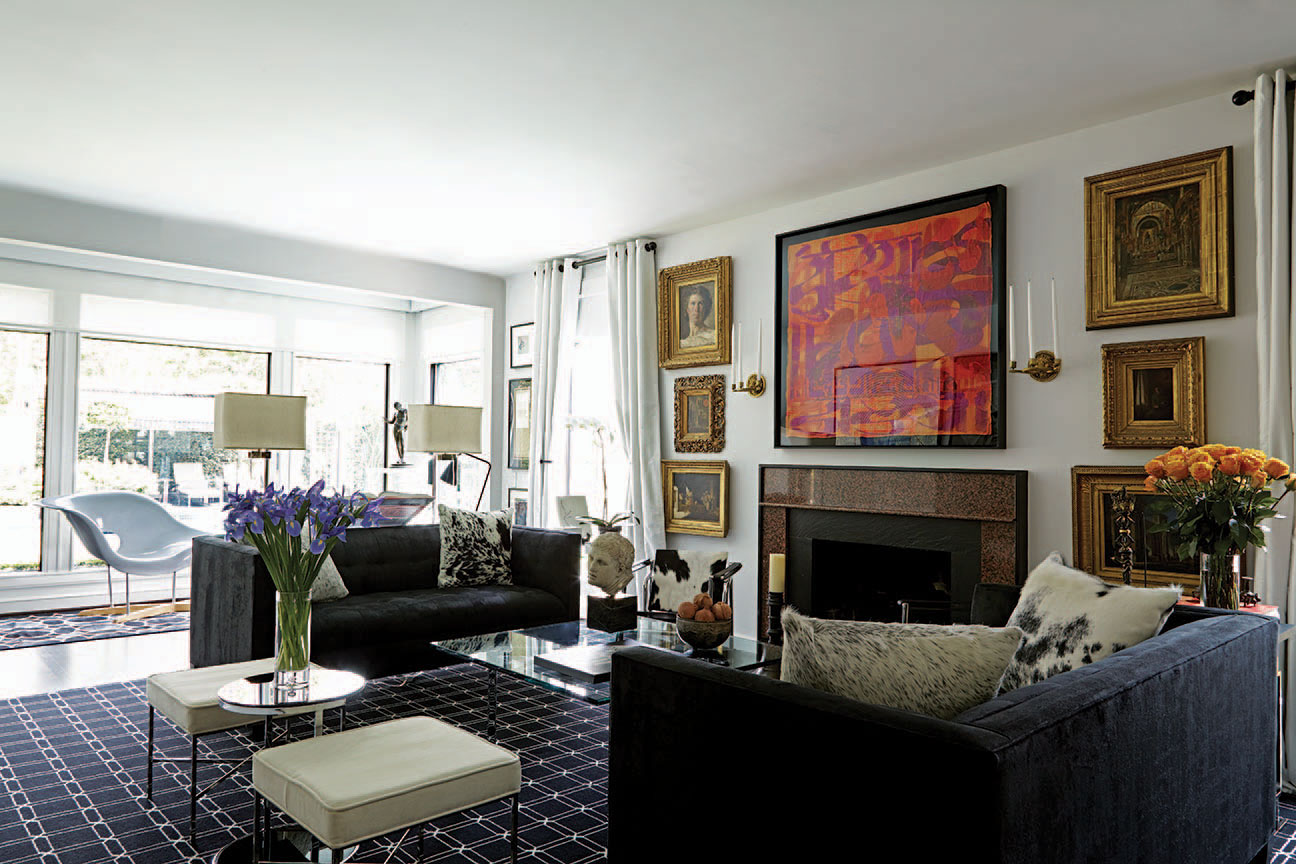
It took a lot of planning to whip the 89-year-old house into shape; it had been badly renovated in the 1980s. A year’s worth of work included leveling out oddly angled ceilings, adding more storage space, a laundry room and a walk-in master closet, and tinkering with the kitchen so that it seats six instead of two.
“As a former New Yorker, square footage means a lot,” he says. “I tend to maximize everything.” Smith also put in an outdoor kitchen and a steam shower in the master bath with skylights and special technology that removes steam from the space within two minutes.
He installed 18 pairs of speakers throughout the house and backyard. “I put sound in every room, even the hallways and the stairwell. That way we can keep the music low, and people can talk. At a party, you can wander around and still feel a part of things because the music follows you.” There are also speakers in the steam shower and all the closets, because Smith and Núñez like to keep the music going constantly. Ninety-eight art spots illuminate an art collection inside, and 200 lights outside include uplights, downlights and walking lights. “Lighting is so important for ambiance,” he says. “People feel more comfortable and more attractive in good lighting.”
This intense level of detail is Smith’s trademark. “That’s why my projects often take so long, because in the end you come away with a much superior product,” he says. “I’m the one who’s always trying to second-guess what’s needed to make life easier and better.”
Smith, who has a masters in fine arts, fell into his spatial design career via a raft of previous jobs and exploits that reads more like a movie script than a curriculum vitae. Born into a single-parent family in Brooklyn, he was precocious. “My mother swears she got the wrong baby at the hospital,” he says. At 12, he started hanging out at the bars in the West Village, and by 15, he was already designing women’s sportswear for a company he started with a friend. It was the late 1970s. When his car had a flat in front of Studio 54 one afternoon on the way to deliver some samples, a man came out, fixed the tire and invited him inside for a party. He was Peter Allen, the Tony Award-winning Broadway singer and songwriter who had been Liza Minnelli’s first husband. Smith soon became a fixture at Studio 54, hanging out with Andy Warhol and his factory entourage.
“It was the times,” says Smith. “If you had a look they liked, they let you in. I wore red alligator cowboy boots, a raccoon coat to the floor and a Cartier Rolling ring, Love bracelet and Tank watch. That was my look. But when you are walking home at 4:30 in the morning in that outfit in Brooklyn, you’d better know how to run in cowboy boots.”
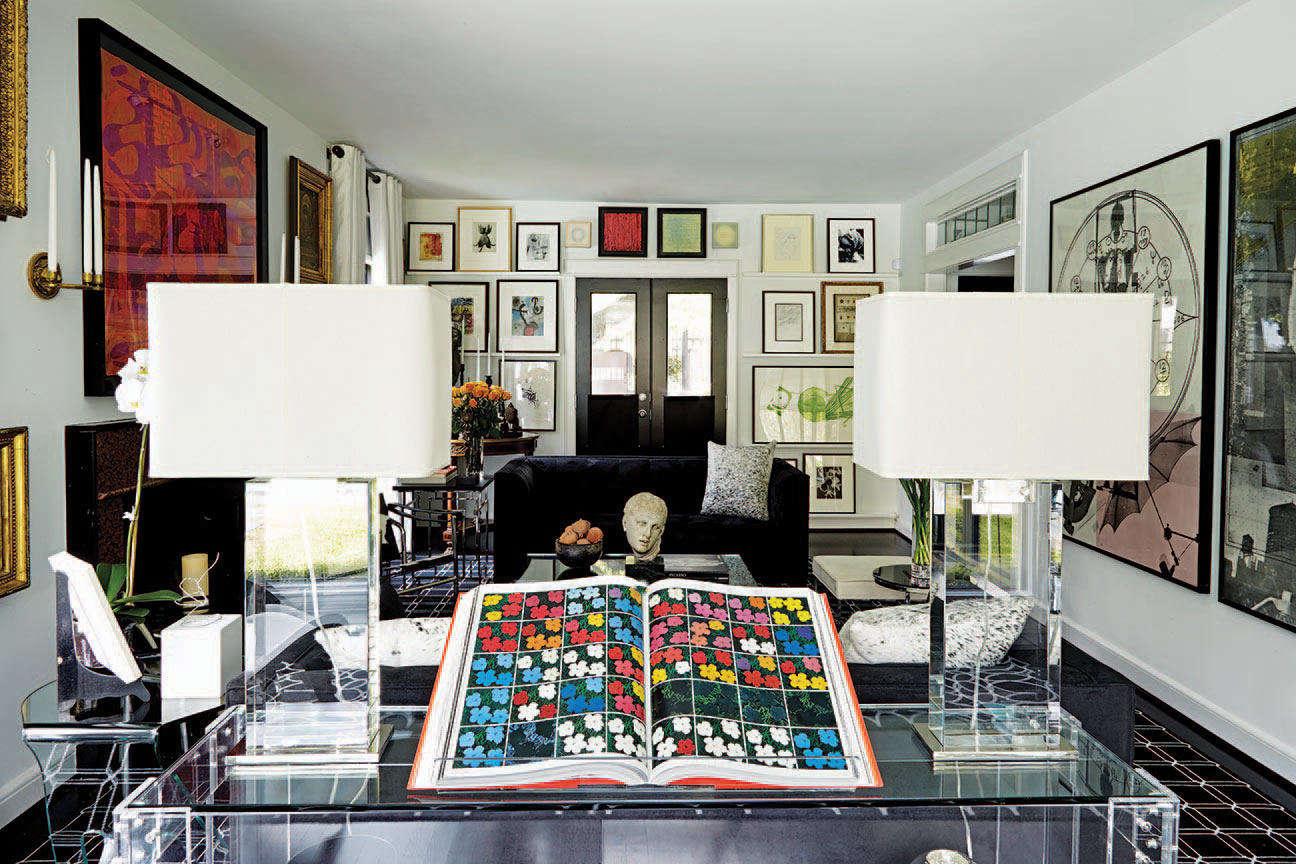
The next decade was a wild ride that included an eight-year stint as Allen’s costume designer and manager, during which he traveled the globe on tour with the performer. Later, he became proprietor of a restaurant in the West Village — bankrolled by the Mafia he says — then he was a fund-raiser and event planner when the AIDS epidemic hit. The liaisons with Allen and Warhol had introduced Smith to an exotic world of jet-setters, artists and celebrities. It also acquainted him with the best in furniture, art, antiques and design. His own apartment in New York was filled with antiques and contemporary furnishings he’d collected during his globetrotting with Allen, as well as art given to him by Warhol and other artists he’d befriended. People asked him to do their apartments, and at one point he’d worked on 15 apartments in his own building, including one belonging to Tony Award-winning theater director and choreographer Jerry Mitchell, who remains a client.
“My whole reference for interior design is from life experience and from the artists I know,” he says. “I learned about lighting and making a space comfortable from running a restaurant and planning galas. All these jobs come into play when I do interiors.” Núñez’s work brought the couple to Houston in the early ’90s, and Smith ran an art gallery in town and continued to fly back to New York for interiors jobs. While he has select Houston clients, most clients are friends located in far-flung corners of the Middle East and Europe.
Smith’s house in Houston is a visual biography of an extraordinary life lived among some of the most fascinating people of the time, including artists such as Warhol, who gave him 15 original works over the years, and Liza Minnelli and Peter Allen, who introduced him at a young age to design by such iconic Art Deco names as Russell Wright and Gilbert Rohde, which he began collecting. The walls are pavéd with more than 150 works of art (with more in storage), including eight large Robert Rauschenberg paintings and works by other modern masters such as Cy Twombly, Juan Mirò, Jasper Johns, Ellsworth Kelly and Robert Motherwell. His collection of 18th-century antiques, he says, “came from spending a lot of time in France shopping the flea markets. You could get such great deals 25 to 30 years ago.”
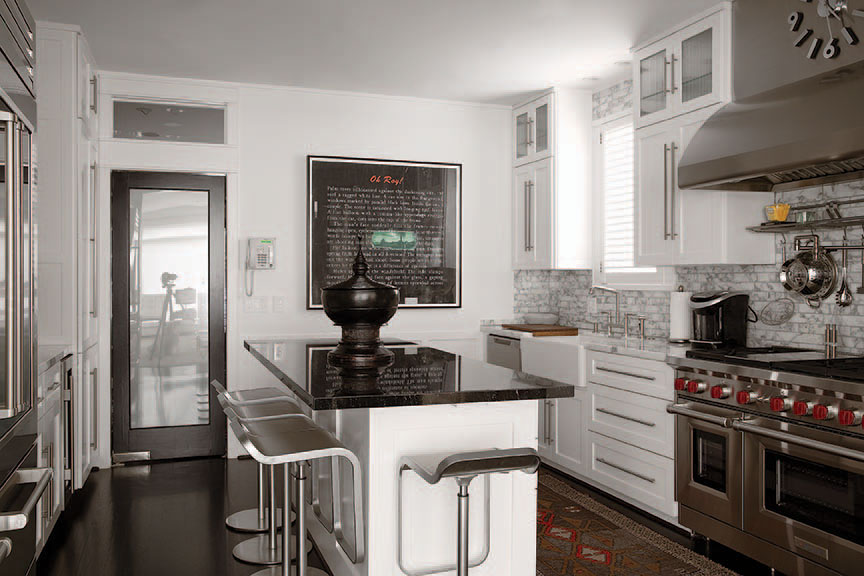
There’s a lot going on inside these rooms, but the accouterments of Smith’s well-lived life don’t feel piled up or dominating — a testament to his skills in space planning. In the living room, multiple pairs of furniture and accessories (such as black Ultraseude sofas, glass lamps, Empire-era sconces, mid-century stools and cowhide Corbusier chairs) provide balance and harmony in an otherwise difficult-to-decorate space, he says. Large rugs define seating areas, and the color palette is restricted to black, white and gray, allowing the artwork to stand out. Ample seating assures people can move throughout the house during parties and always be comfortable. “Every room in my house has seating for 10, even if you’re just pulling up an ottoman,” he says.
But beautiful and valuable things are merely the icing on the cake, he says, and they rarely have an impact on how one experiences living in a house. “When I was in New York recently, I called Jerry [Mitchell] because I wanted to get house seats for his show, Kinky Boots, and he told me how much he still enjoys living in his space. That’s the kind of compliment I get from clients. It’s not about the down pillows or how great the furniture is; it’s about how happy they are living in their places and how well everything works for the kids and the dog and everyone. That’s really the best compliment I could ask for.”

























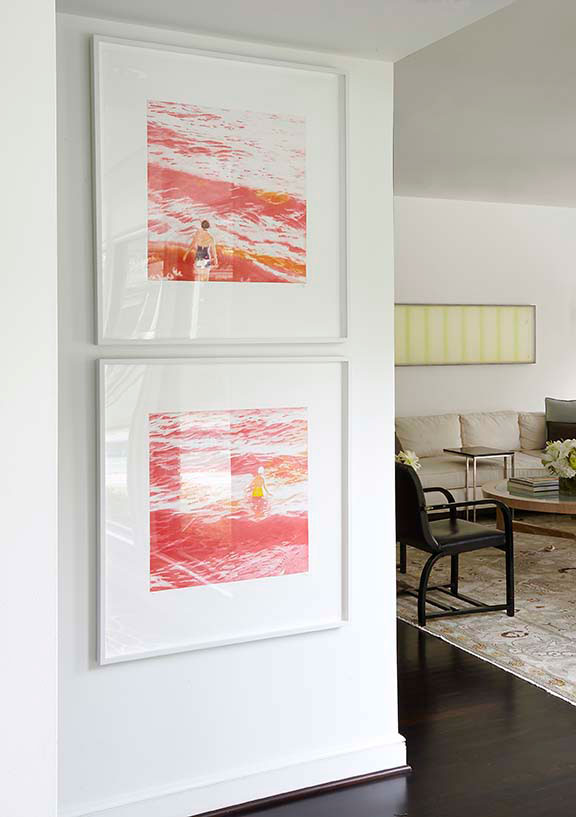
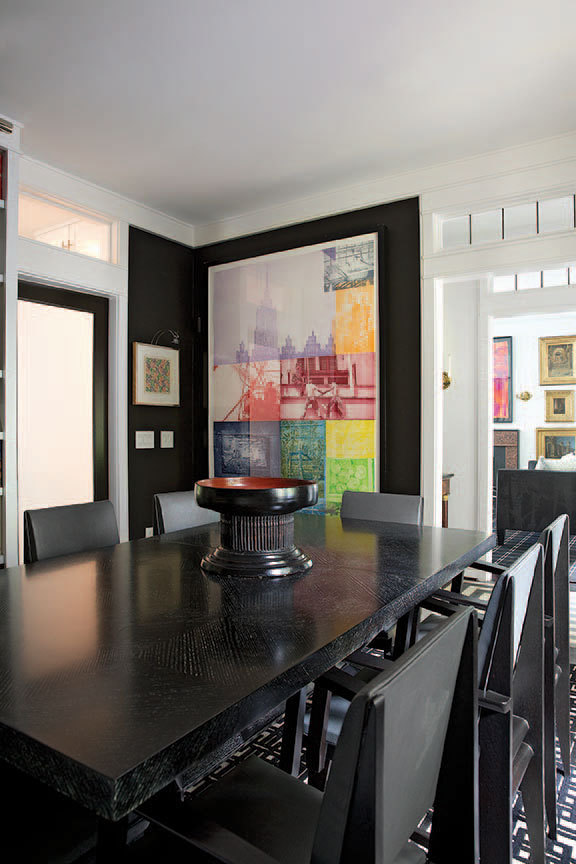
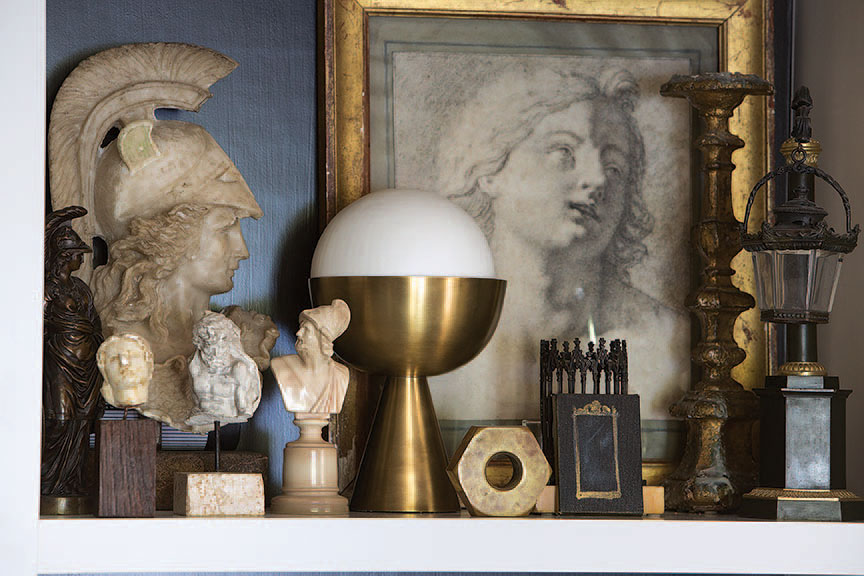
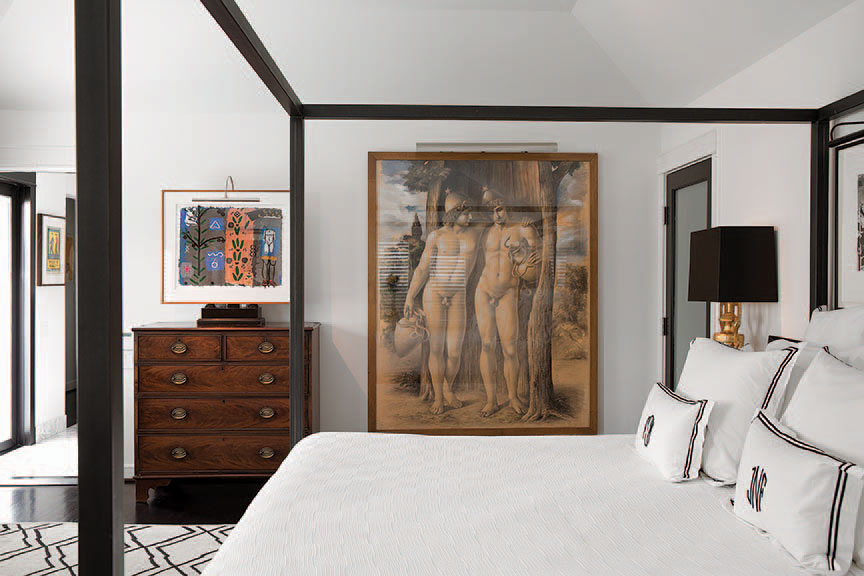

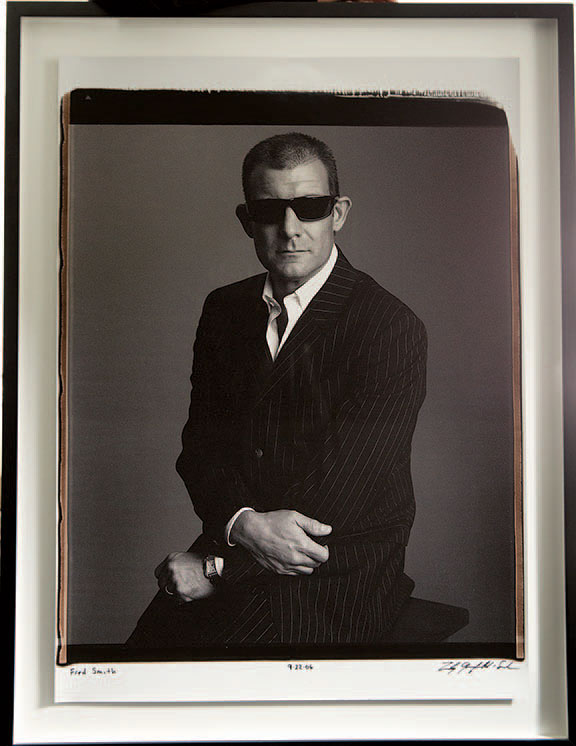








































_md.jpg)














_md.jpg)









